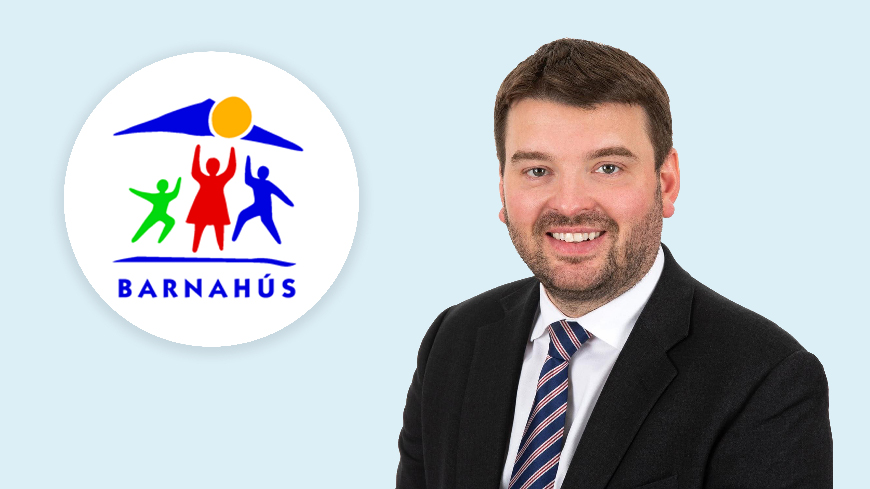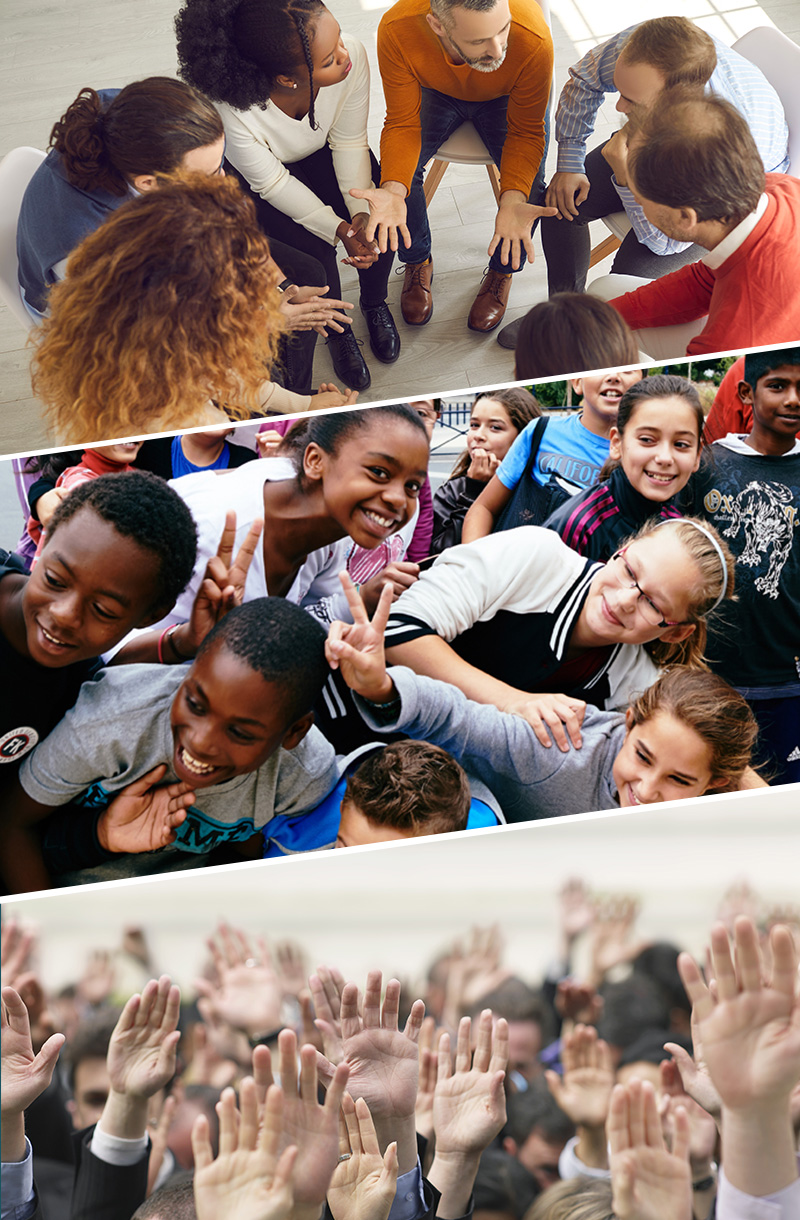Children and Youth were among the key priorities of the recent Icelandic Presidency of Council of Europe Committee of Ministers, with the aim making the interests of the child central to policy-making.
Within in the Council of Europe visibility project, aimed at raising awareness of the work and added value of the Organisation across its 46 member states, Iceland is telling the Barnahús story, based on the Icelandic Children´s house model.
Minister of Education and Children of Iceland, Ásmundur Einar Daðason took the time to explain the way in which Iceland’s Barnahús model embodies human rights principles to protect some of the country’s most vulnerable young people, and how the Council of Europe has helped to roll that model out across other European countries, so that young people there benefit from it too, getting the help and care that is designed to give them the best possible future.”
“The first Barnahús in Europe was set up in Iceland in 1998. The idea is to put the child at the centre, that all actors work together in securing the rights of the child. For example, the police, the prosecutors, the health care and the social care systems as well as the child protection system”, he explained.
“When a child goes through horrible things like violence and sexual violence, we have to do all we can to minimise the effect on the child. This is what the idea of Barnahús is, to have at one place all the services, all the inspections, all the interviews in a cosy surrounding, in a regular living house, not in an institute or in a court. The aim is to make it easier for the child to recover from such a horrible thing”, the Minister said.
Developed by the National Children’s Advocacy Centre in the United States, the model was introduced and adapted to the European context by Iceland. The model was recognised in 2015 as a promising practice by the Committee of the Parties to the Council of Europe Convention on the Protection of Children against Sexual Exploitation and Sexual Abuse (Lanzarote Committee).
“Iceland is a small country, so through the Council of Europe it is an excellent way to share best practice and their know-how”, said Minister Daðason.
“After the Lanzarote Committee recognised the Barnahús as a good practice, we have seen Barnahús set up in many countries, for example in the Nordic countries, in Slovenia and Spain. The model is being set up, not only with the support of the Council of Europe, but the Council of Europe is leading the way in assisting countries to set up Barnahús to help children”.
In Reykjavik, Iceland, the Leader of Barnahús, Margrét Kristín Magnúsdóttir explained the impact of the model in her country and how the model has helped children to rebuild their lives.
how the model has helped children getting back their lives.
“In the mid-90s, there was an increase in awareness of child sexual abuse, which led to the first study in Iceland on the prevalence of child sexual abuse in the country. The findings of that study came as a shock to the society, who had been in a stage of denial on child sexual abuse. We did not think that was going on in our country. With that new knowledge, came a demand that we had to find a way to deal with it. It was in fact, Bragi Guðbrandsson, the former General Director at the Governmental Agency for Child Protection, who found this model and adjusted it to the Icelandic conditions.
And there has obviously been a great impact. I think it has changed a lot for children who are victims of sexual abuse: to have one place that they can go to and get all the services that they need to overcome their trauma in order to get back their lives, and to become fully functional citizens in the future“, Barnahús Leader Margrét Kristín Magnúsdóttir concluded.
Ásmundur Einar Daðason, Minister of Education and Children, Iceland
Margrét Kristín Magnúsdóttir, Leader of Barnahús - Reykjavik, Iceland





